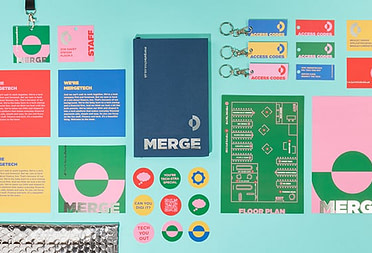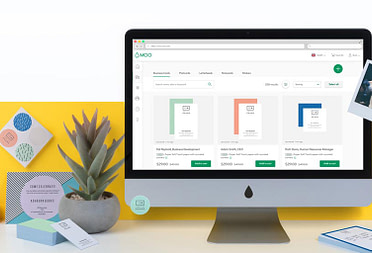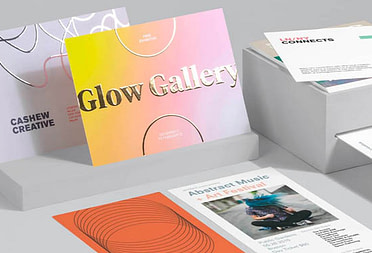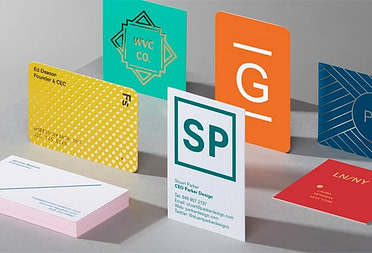5 design lessons for your business
Sebastian Conran shares five design principles every business can use.
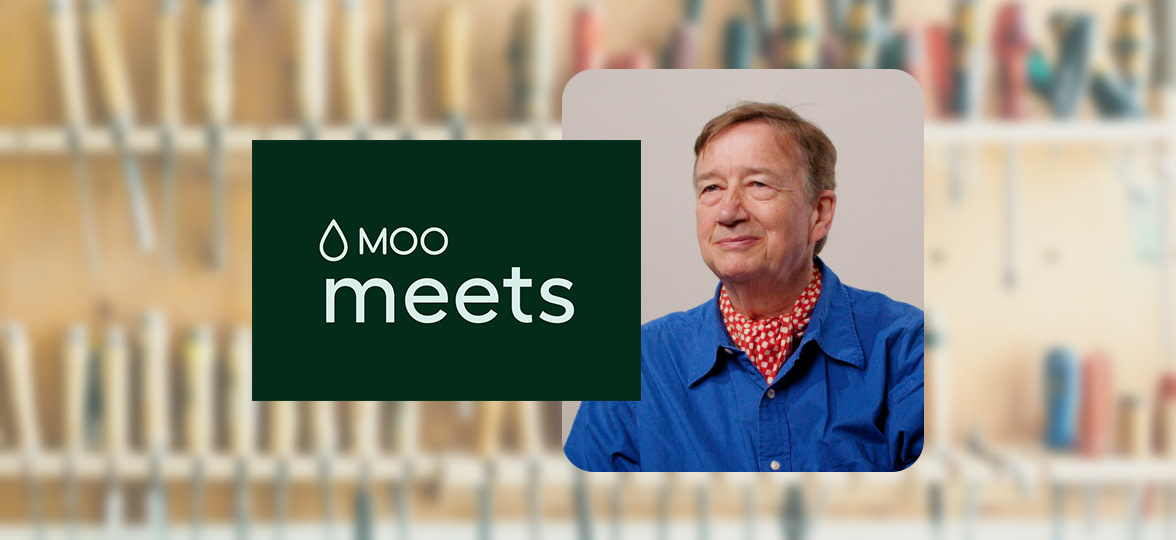
Industrial designer. Inventor. Problem-solver. Sebastian Conran has spent decades creating products that people love. He also advises companies and institutions on adopting a stronger design mindset and using design more effectively to create more successful products.
In our latest MOO Meets interview, Sebastian sat down with us to talk about what it really means to design with purpose, why good design isn’t enough, and how creative thinking can solve more than aesthetic challenges.
Here are the five key lessons he’s shared with us.
1. Good design starts with good collaboration
Unlike some other areas of design, Industrial Design is not a solo mission. For Sebastian, good design comes from collaboration, and getting everyone involved in shaping the brief, not just responding to it. “The marketing people, the creative designers, the people who are going to test it, the people who are going to actually have to make it, and the people who are going to sell it. You need all those people in the same room, right at the beginning of the project,” he told us.
Why? Aligning early on helps shape the right brief, but also ensures everyone is “solving” the same problem.
2. Always design with your customer in mind
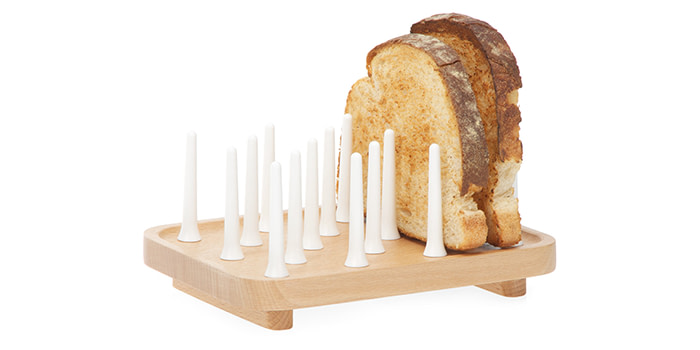
“The customer experience is just as important as the user experience. Because if people don’t buy your product, they don’t get to use it.” You can design the most beautiful object in the world, but if it’s hard to describe, hard to sell, or doesn’t solve a real need, it will probably never succeed. Sebastian makes the distinction between user experience and customer experience.
“I’m always thinking about what the selling narrative will be., What it’s going to say on the web page, what it’s going to say on the shelf, how people are going to review it, how easy it is to describe.”
And while features are great, they only matter if they translate into benefits. “We build in a lot of features, but one needs to focus on the benefits, because features that don’t deliver benefits are really a waste of resources.”
“The customer experience is just as important as the user experience. Because if people don’t buy your product, they don’t get to use it.”
Design for desirability, not just usability. Think like your customer: What problem does it solve? How easy is it to explain? Why would they choose it over everything else?
3. Design things that end up on eBay, not landfill
Sebastian believes that good design doesn’t just work, it lasts. Not just physically, but emotionally.
He shared a story from earlier in his career where instead of sending traditional Christmas cards, he created small pewter wishbones. They were handmade and simple (and cheap, costing about 30 cents), and he sent them to clients and friends as festive tokens. “One year, I sent out a thousand of these. Then about ten years later, I was in a flea market in Brooklyn, and there was one of those wishbones selling for $14.”
It’s a perfect example of design with emotional durability. Something that started as a thoughtful gesture became an object someone valued enough to keep or resell. (We are not saying you should skip Holiday Cards, MOO ones are collectible too.)
This kind of thinking challenges the disposable nature of so many modern products. The goal isn’t just to reduce waste. It’s to design products people want to keep, because they’re meaningful, useful, or simply too good to throw away.
4. The scale shapes the design
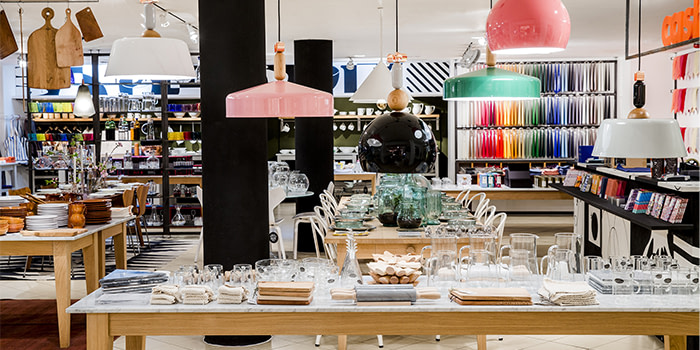
“I wouldn’t design the same cereal bowl for IKEA as for the Conran Shop,” he said. Designing for scale changes everything, from materials and cost to production technique and even brand storytelling. If a product works at a craft scale, it won’t always scale up, and vice versa. So, make sure to match your design decisions to your business model.
Sebastian’s point is clear: your design choices should reflect your business model.
Too often, designers think short-term, creating something that works for a one-off or a prototype, without considering how it will perform at scale or how sustainable and cost-effective it will be to manufacture in larger quantities.
Good design is context-aware. It’s not just about form or function, it’s about fit.
5. Design is your secret weapon
Designers create value, and value drives trade.
Design isn’t just about aesthetics, it’s about solving complex problems, building better systems, and making things that people want. He referenced a quote from Steve Jobs that perfectly captures this idea, “Product design is like doing a 5,000-piece jigsaw puzzle in your head.” When you are designing a product, whether it’s a watch or a car, you’re dealing with form, function, cost, manufacturing, usability, sustainability, marketing, and user emotion, all at once.
“The more complex the objects you’re designing, the more you need that mindset. It gives you the ability to solve problems, whatever the problems are.”
In other words, design isn’t just for the design department. It’s a way of thinking that can transform every corner of a business. When used right, design becomes your business’s most powerful, flexible tool.
Sebastian believes this is why product designers are uniquely valuable: they work at the intersection of logic and emotion. “A graphic designer is really focused on emotional engagement. An engineer is focused purely on function. But a product designer has to marry the two aspects of design: the rational aspect you see in engineering and the emotional engagement you find in graphic or fashion design.”
Traits great designers have (and businesses need)

- Systems thinking: Designers zoom out to see how everything connects, which is crucial for solving big, messy business challenges.
- Empathy: A good designer thinks like the user and the customer. They build things that people actually want.
- Creative problem-solving: They find creative solutions, often with limited time, budget, or resources.
- Cross-functional collaboration: Great design doesn’t happen in a vacuum. Designers bring people together across teams.
- Balance of logic and emotion: Designers combine the rational aspect of engineers with the emotional engagement of fashion or graphic design.
In short, Design is a business tool. It’s a mindset that can and should be used beyond the design department. From product development to customer service, marketing to manufacturing, thinking like a designer means solving problems with creativity, clarity, and purpose.
When used right, design becomes your business’s most powerful, flexible tool.
Sebastian is Chair of Conran and Partners and a leading designer known for his thoughtful approach to product and brand development. He guides the practice’s strategic direction and challenges industry norms to keep end-users at the heart of design. With a focus on emerging technologies and later-life design, he sits on several boards, judges international awards, and supports design education. He is also Chair of The Conran Foundation, a Founding Trustee of the Design Museum, and an ambassador for ACID.
Keep in touch
Get design inspiration, business tips and special offers straight to your inbox with our MOOsletter, out every two weeks.
